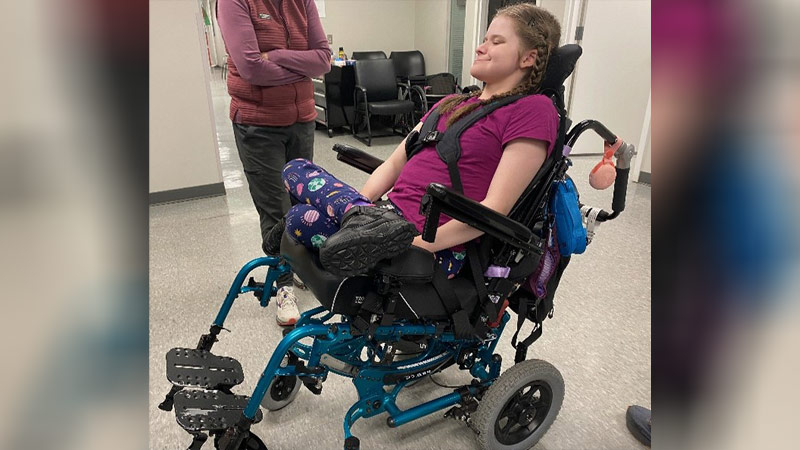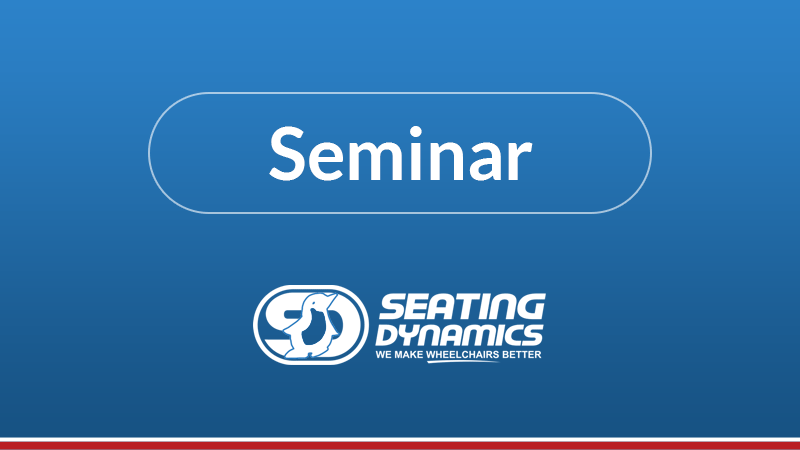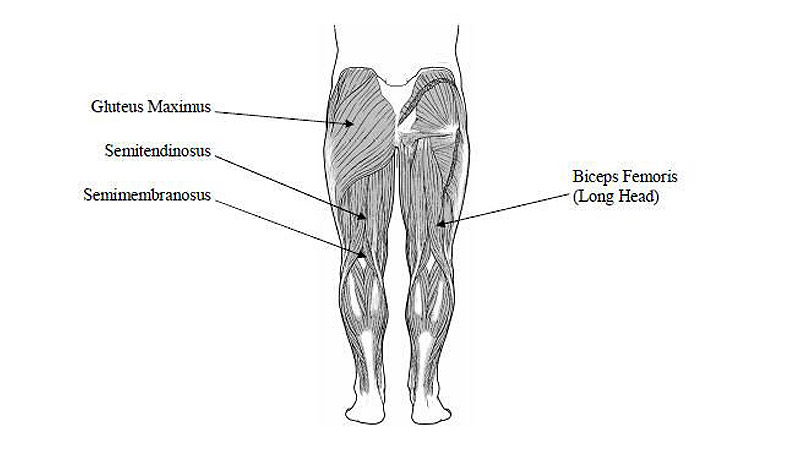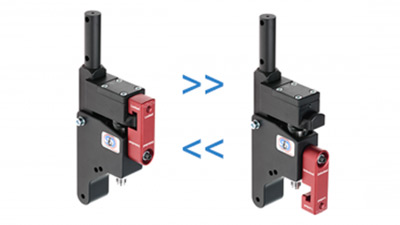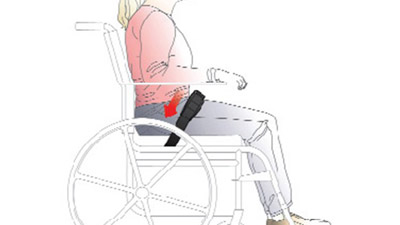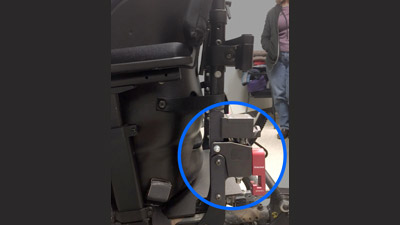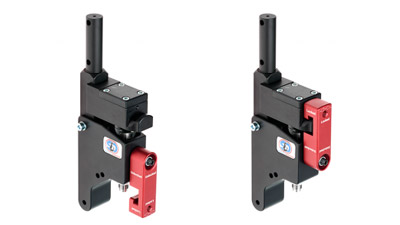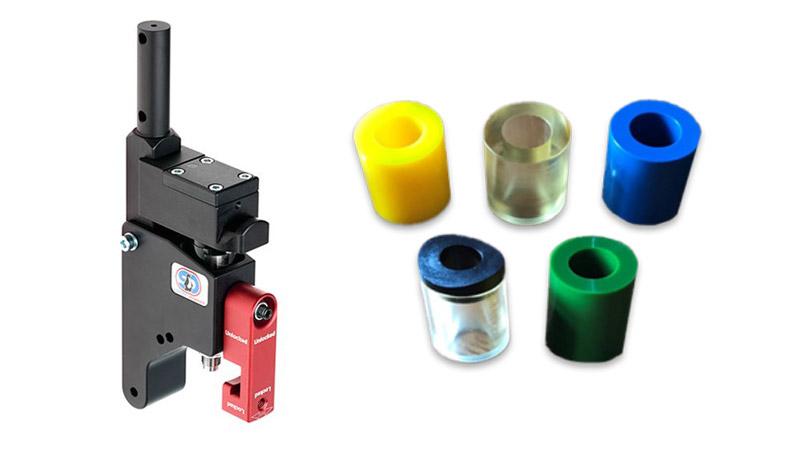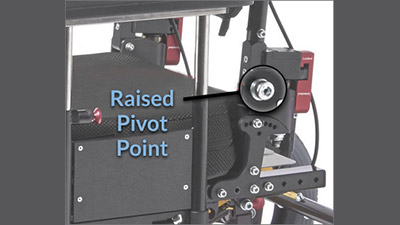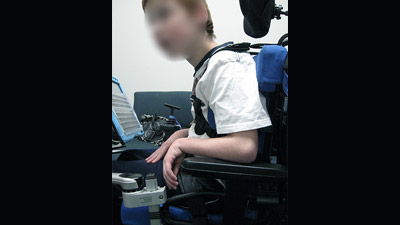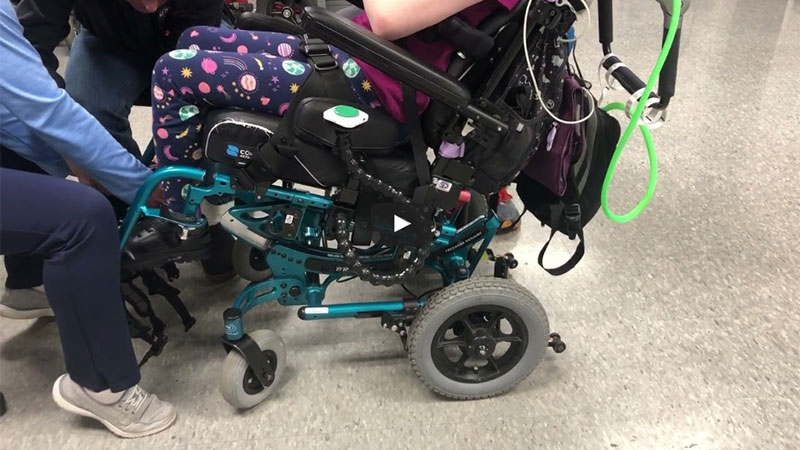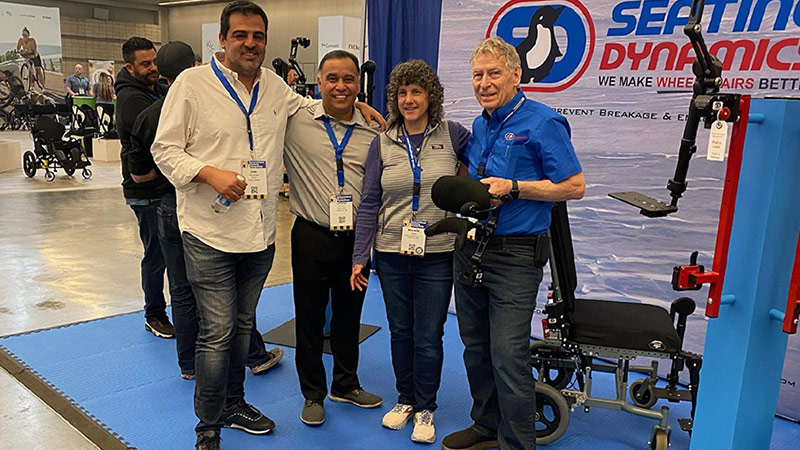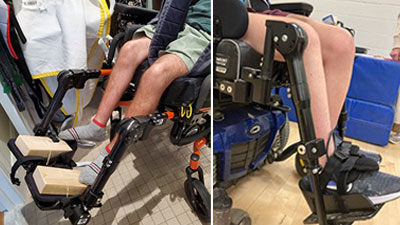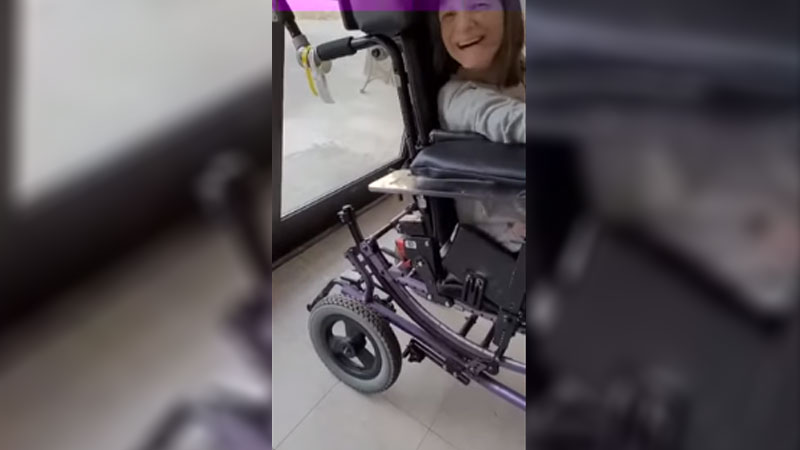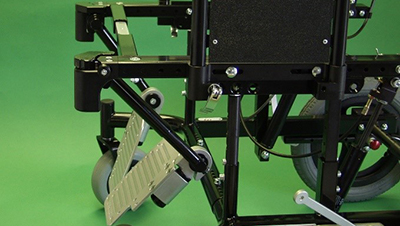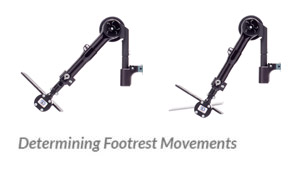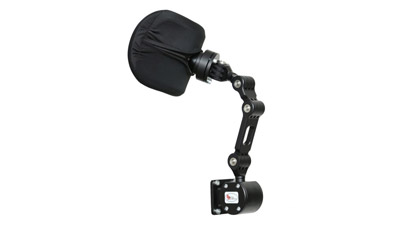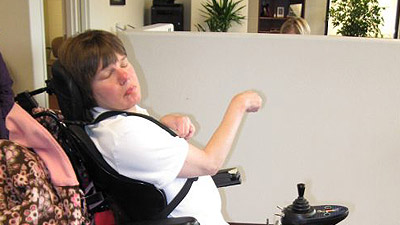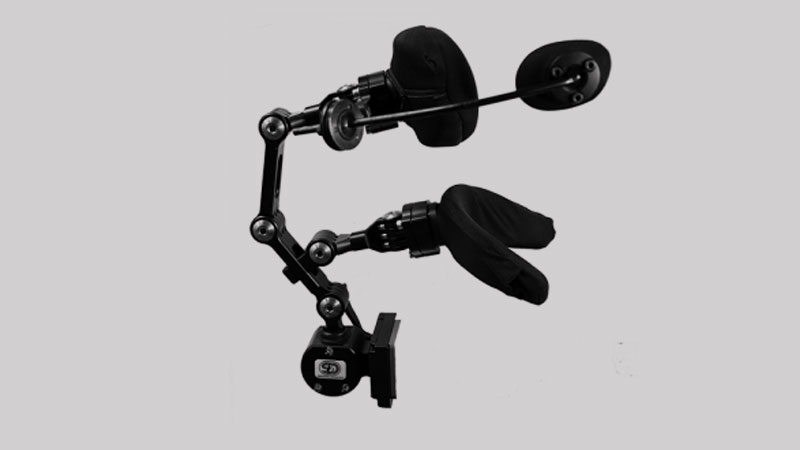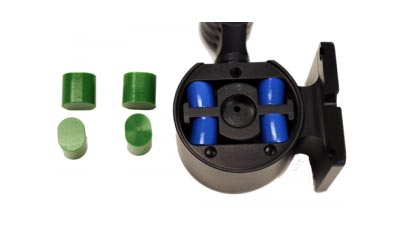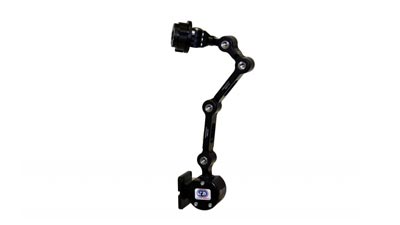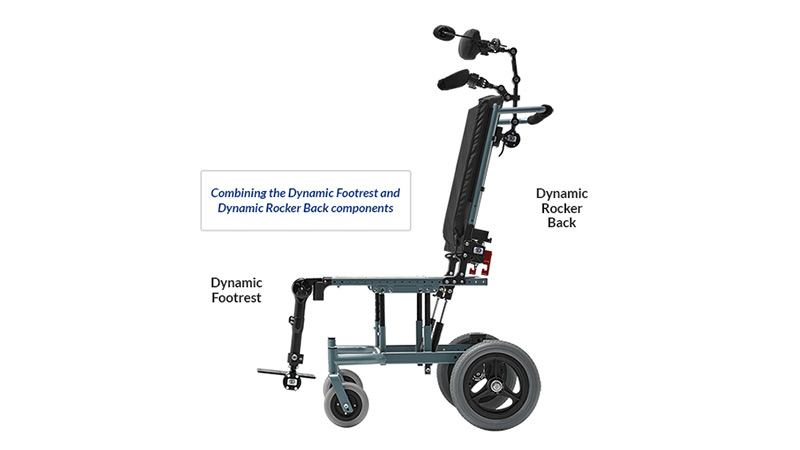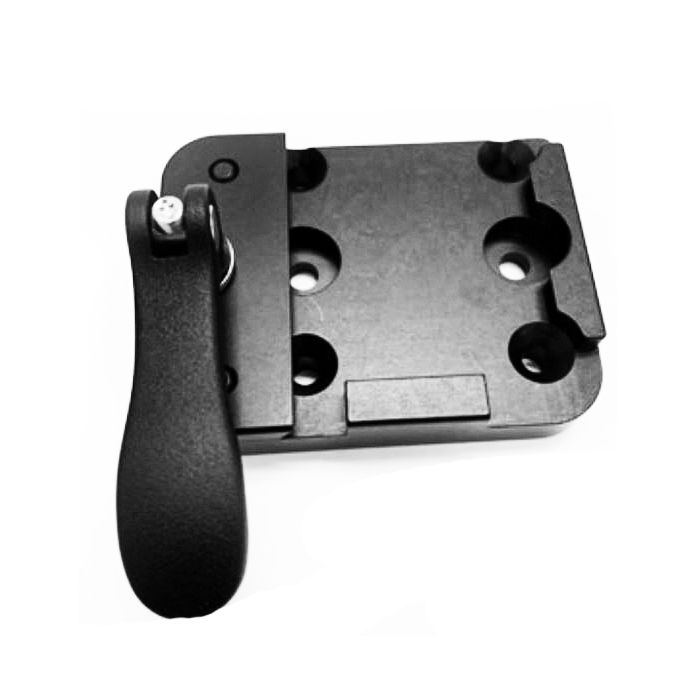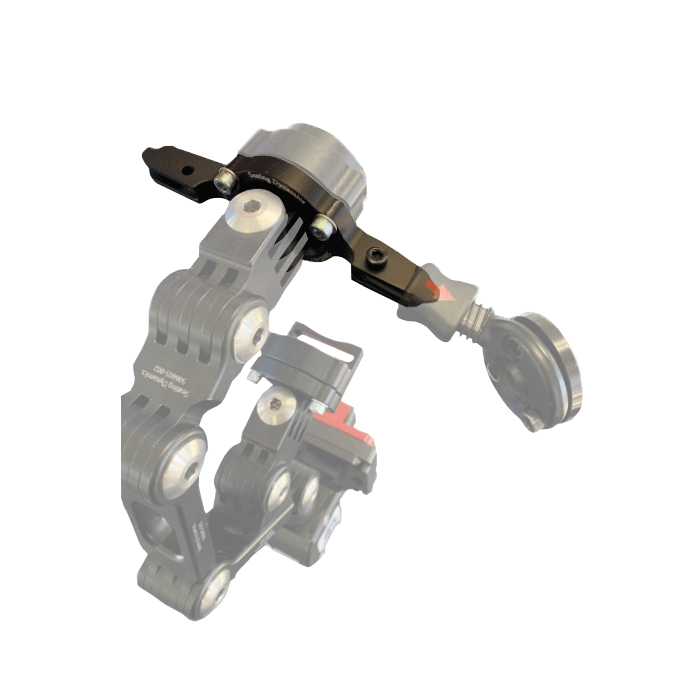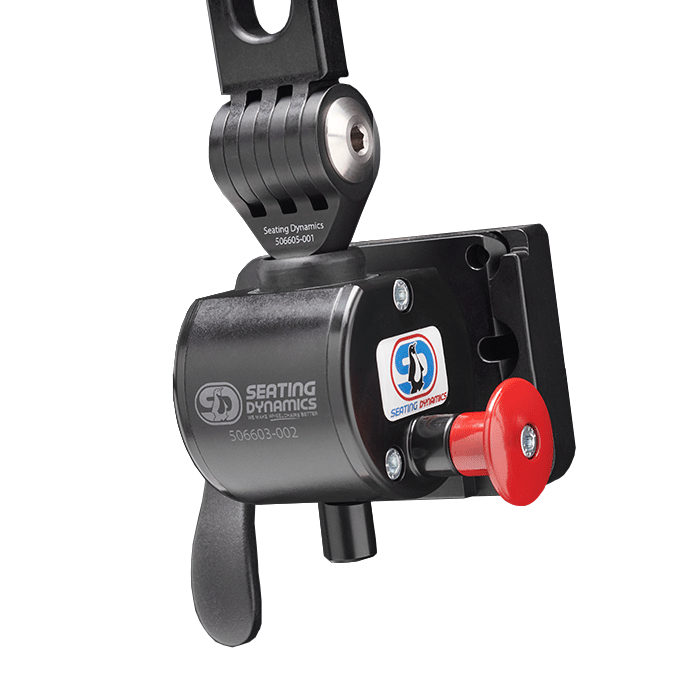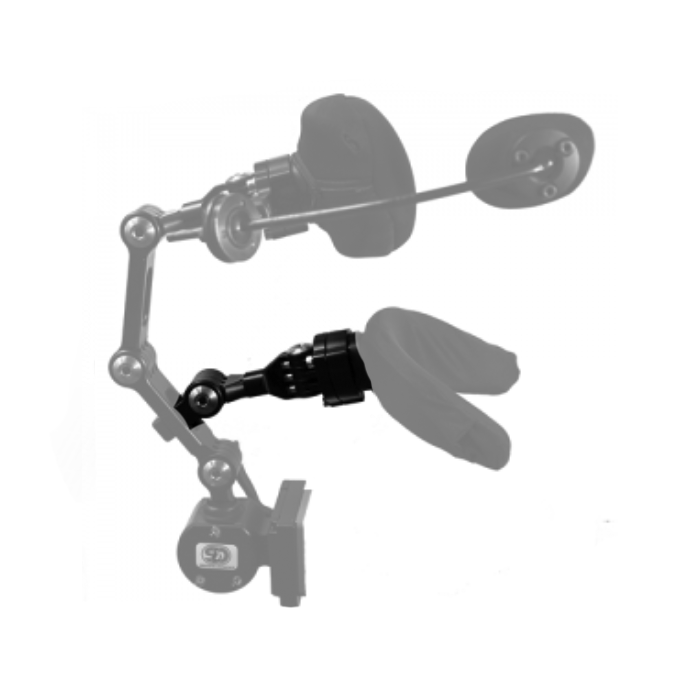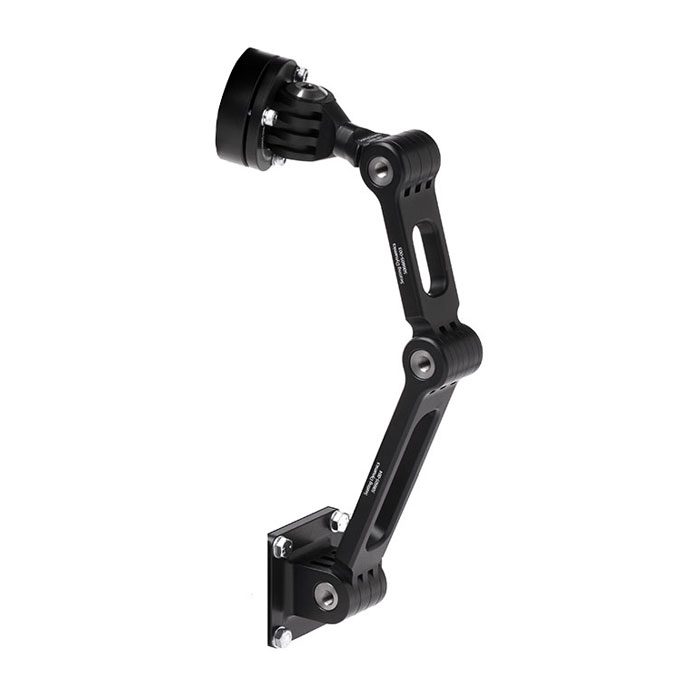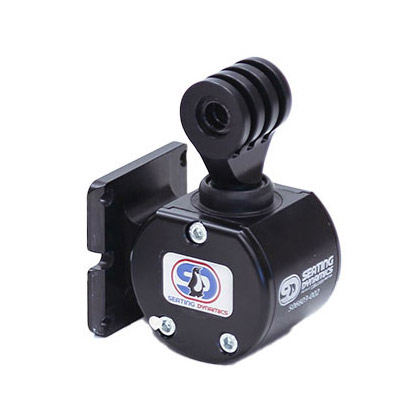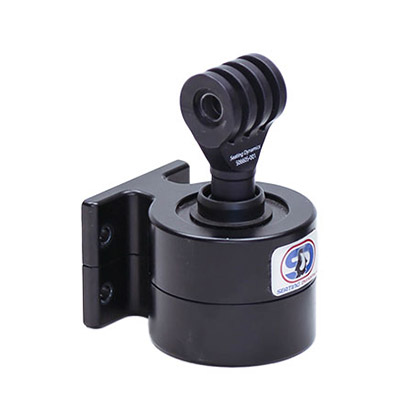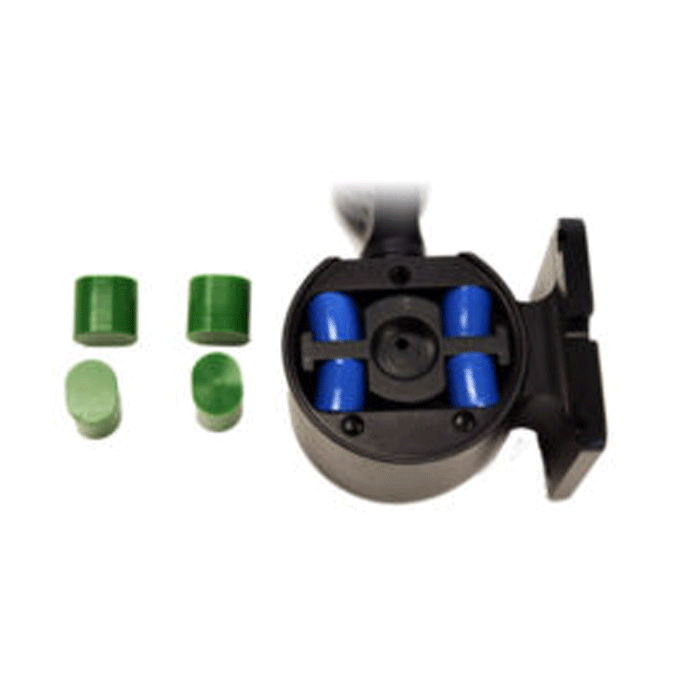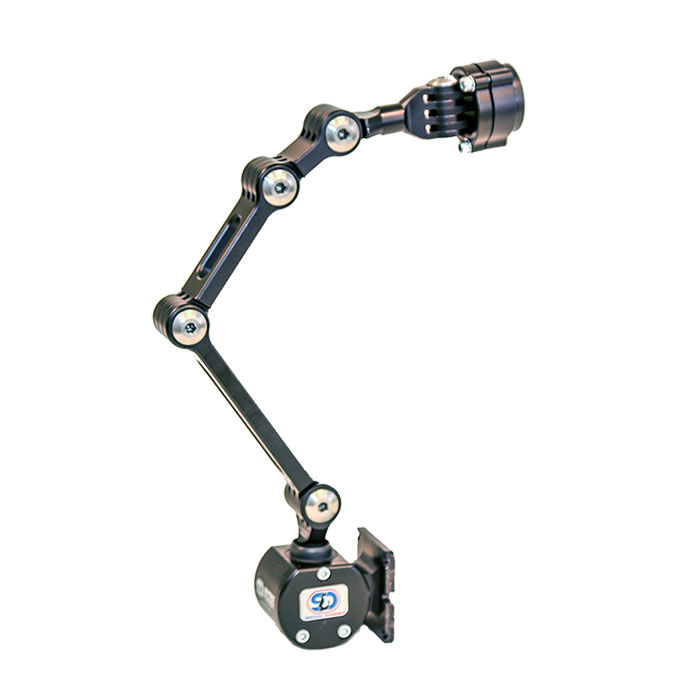Dynamic Seating at the Pelvis
Alex – keep those wheels on the floor!
In this blog, we shall explore solutions for clients whose strong movements are actually lifting the casters right off the floor.
Canadian Seating and Mobility Conference: Providing Movement for Clinical Benefit
This course will define dynamic seating, as well as the clinical benefits of this intervention. A variety of product options and features will be reviewed to better match these features to a specific client’s needs.
Alpine Rehab Conference: Muscle Tone, Tone, Management and Dynamic Seating Intervention
This course will explore muscle tone, implications in wheelchair seating, and interventions. We will start with muscle tone definitions, etiology, pathophysiology, movement disorders, and related diagnoses.
Review of Hip Musculature and Impact of Dynamic Back Design
A whopping 21 muscles cross the hip – and I’m absolutely certain I can’t name them all. These muscles provide movement in 3 planes and provide stability between the femur and acetabulum (the hip joint).
Wheelchair Seating Surfaces, Cushions & Dynamic Seating
Can a Dynamic Back be used with any type of seat? Does the movement allowed by this component limit what seating surface can be used? This is an important consideration. A seat or cushion is typically designed to support the pelvis and provide pressure distribution when the client is in a static position. Dynamic seating gets things moving!
Bread and Butter: Dynamic Backs and Pelvic Positioning Belts
Just like Bread and Butter, Dynamic Backs and Pelvic Positioning Belts go together. Dynamic Backs are designed to allow movement at the pelvis and torso in response to client force and then return the client to a neutral starting position. A key component is the pelvic positioning belt, which is designed to maintain the pelvis in as neutral a position as possible in relation to the seating system. When that seating system moves, the pelvic belt is even more critical in maintaining pelvic position.
Allowing Movement Of The Pelvis Without Loss Of Position
Dynamic movement can be provided at various areas of the body where movement is possible from a seated posture. The
dynamic component allows movement beyond the usual seated posture, such as into increased trunk extension, and then assists with the client returning to upright. Ideally, the return to upright does not lead to a loss of position, such as a posterior pelvic tilt.
The Dynamic Rocker Back Interface: when should I lock it out?
The Dynamic Rocker Back Interface (DRBi) is a Dynamic Back that moves in response to client force. The elastomers in this Dynamic Back then return the client to an upright position. Some Dynamic Seating components “lock-out” or “latch” to temporarily render the component static. When should the DRBi be locked out?
Dynamic Seating at the Trunk
Dynamic Rocker Back interface – Factors which contribute to elastomer wear Part 1
How do the Elastomers in the Dynamic Rocker Back interface work? Let’s start with Seating Dynamics DRBi elastomer basics.
Dynamic Rocker Back Interface – Indicators that the elastomers need to be changed Part 2
The elastomers in a Dynamic Rocker Back interface (DRBi) are designed to absorb client forces, store force as energy, and use that energy to return the client to upright sitting.
Canadian Seating and Mobility Conference: Providing Movement for Clinical Benefit
This course will define dynamic seating, as well as the clinical benefits of this intervention. A variety of product options and features will be reviewed to better match these features to a specific client’s needs.
Alpine Rehab Conference: Muscle Tone, Tone, Management and Dynamic Seating Intervention
This course will explore muscle tone, implications in wheelchair seating, and interventions. We will start with muscle tone definitions, etiology, pathophysiology, movement disorders, and related diagnoses.
3 Reasons to Provide Dynamic Posterior Movement of the Trunk and Pelvis
Our last blog discussed providing dynamic movement at the pelvis. If the pelvis moves posteriorly, the trunk will move posteriorly as well. So if posterior movement of the trunk is desired, dynamic seating components which allow posterior movement of the pelvis are provided, namely a dynamic back rest, which opens the seat to back angle in response to client movement and force.
Dynamic Seating Provides Anterior Movement Of The Trunk – Part 2
Our last blog addressed dynamic seating used to provide posterior movement of the trunk. Anterior movement of the trunk can also be facilitated.
Dynamic Seating at the Legs
Alex – keep those wheels on the floor!
In this blog, we shall explore solutions for clients whose strong movements are actually lifting the casters right off the floor.
Dynamic Footrests: Alex needs movement, force diffusion, and stability
In our last two blogs , we met Alex, a young woman who has very forceful and large movements as well as increased muscle tone.
Canadian Seating and Mobility Conference: Providing Movement for Clinical Benefit
This course will define dynamic seating, as well as the clinical benefits of this intervention. A variety of product options and features will be reviewed to better match these features to a specific client’s needs.
Alpine Rehab Conference: Muscle Tone, Tone, Management and Dynamic Seating Intervention
This course will explore muscle tone, implications in wheelchair seating, and interventions. We will start with muscle tone definitions, etiology, pathophysiology, movement disorders, and related diagnoses.
International Seating Symposium 2023
Seating Dynamics was happy to exhibit at the 38th International Seating Symposium (ISS) this year in Pittsburgh! With approximately 2500 participants from 35 countries and over 100 exhibitors, the Convention Center was busy!
Newly Designed Dynamic Footrests! It’s all about the Pivot Point!
Dynamic Seating components are designed to move with a client. A great deal of design goes into these components to ensure the product responds to client forces and maintains client position.
Dyllie: Dynamic Seating Head, Back and Foot Components
Dyllie is a 25 year old man with the diagnosis of cerebral palsy who has been using Seating Dynamics Dynamic Footrests (telescoping, elevating, and plantar/dorsi flexion), Dynamic Rocker Back, and Dynamic Head Support Hardware for 8 months.
Ashley: Dynamic Seating, Dystonia & Equipment Breakage
Ashley exhibits large and forceful movements (dystonia) which have led to injury to her legs and damage to the wheelchair. Dynamic Seating, at the head, back and legs, allows her to move easily and safely.
Static Wheelchair Footrests: special circumstances
Why does the world need another static footrest hanger? While manual and power wheelchairs come with a variety of available footrests, standard footrests do not meet the needs of everyone. This one adjusts to meet those needs.
How to Determine Which Dynamic Footrest Movements are Indicated for an Individual?
Dynamic Footrests provide up to three types of movement – a telescoping downward movement, knee extension, and plantar/dorsi flexion.
Dynamic Seating at the Head
Dynamic Head Supports – the importance of design in meeting client goals
In our last blog, we discussed clinical indicators and contra-indicators to allowing movement into neck extension using a dynamic head support. Dynamic movement in this area can protect the head support hardware from damage, limit client injury, and reduce overall extensor tone. How does design facilitate these goals?
Achieving Head Alignment through Movement
Vince is a young adult with the diagnosis of cerebral palsy. He had significant muscle tone throughout his body and frequently extends in his current wheelchair seating system. We were anxious to explore dynamic seating options to diffuse some of this extensor tone.
Dynamic Head Support for Wheelchairs: can I add additional supports?
Seating Dynamics offers 3 Dynamic Seating options – the Dynamic Rocker Back interface, Dynamic Footrests, and Dynamic Head Support Hardware. The last option moves about 10 degrees posteriorly in midline. The hardware is compatible with a number of manufacturer’s head pads.
Dynamic Head Support Hardware: Choosing Tilt and Recline Resistance
The Dynamic Head Support Hardware absorbs client forces and then returns the client to an upright and neutral head position. The purpose of this dynamic component is to protect the client from harm, prevent the mounting hardware from breaking, and to reduce overall extension tone. This hardware can be used with nearly any head pad to best meet an individual’s needs.
Maintaining Head Support Position – let’s do the math!
I see a lot of clients for head positioning in their wheelchair seating system. This requires a thorough seating assessment, as well as providing the best product. Even if I choose what I believe to be the very best head support for a client, I find that maintaining the position of that support is a challenge. I continually find that the hardware has moved, often resulting in a sub-optimal head position for the client.
- « Previous
- 1
- 2
Combining Dynamic Seating Components
Using Multiple Dynamic Seating Components on a Wheelchair
Dynamic components can be used individually, however combining these components can often maximize the impact Dynamic Seating can make and better meet the client’s needs.

